The Intel Comet Lake Core i9-10900K, i7-10700K, i5-10600K CPU Review: Skylake We Go Again
by Dr. Ian Cutress on May 20, 2020 9:00 AM EST- Posted in
- CPUs
- Intel
- Skylake
- 14nm
- Z490
- 10th Gen Core
- Comet Lake
Test Bed and Setup
As per our processor testing policy, we take a premium category motherboard suitable for the socket, and equip the system with a suitable amount of memory running at the manufacturer's maximum supported frequency. This is also typically run at JEDEC subtimings where possible. It is noted that some users are not keen on this policy, stating that sometimes the maximum supported frequency is quite low, or faster memory is available at a similar price, or that the JEDEC speeds can be prohibitive for performance. While these comments make sense, ultimately very few users apply memory profiles (either XMP or other) as they require interaction with the BIOS, and most users will fall back on JEDEC supported speeds - this includes home users as well as industry who might want to shave off a cent or two from the cost or stay within the margins set by the manufacturer. Where possible, we will extend out testing to include faster memory modules either at the same time as the review or a later date.
| Test Setup | |
| Intel Core 10th Gen | Intel Core i9-10900K Intel Core i7-10700K Intel Core i5-10600K |
| Motherboard | ASRock Z490 PG Velocita (P1.30a) |
| CPU Cooler | TRUE Copper (2kg) |
| DRAM | Corsair Vengeance RGB 4x8GB DDR4-2933 Corsair Vengeance RGB 4x8GB DDR4-2666 |
| GPU | Sapphire RX 460 2GB (CPU Tests) MSI GTX 1080 Gaming 8G (Gaming Tests) |
| PSU | Corsair AX860i |
| SSD | Crucial MX500 2TB |
| OS | Windows 10 1909 |
Please note we are still using our 2019 gaming test suite for CPU reviews with a GTX 1080. We are in the process of rewriting our gaming test suite with some new tests, such as Borderlands and Gears Tactics, as well as changing the settings we test and moving up to an RTX 2080 Ti. It's going to take a while to do regression testing for our gaming suite, so please bear with us.
Many thanks to...
We must thank the following companies for kindly providing hardware for our multiple test beds. Some of this hardware is not in this test bed specifically, but is used in other testing.
Scale Up vs Scale Out: Benefits of Automation
One comment we get every now and again is that automation isn’t the best way of testing – there’s a higher barrier to entry, and it limits the tests that can be done. From our perspective, despite taking a little while to program properly (and get it right), automation means we can do several things:
- Guarantee consistent breaks between tests for cooldown to occur, rather than variable cooldown times based on ‘if I’m looking at the screen’
- It allows us to simultaneously test several systems at once. I currently run five systems in my office (limited by the number of 4K monitors, and space) which means we can process more hardware at the same time
- We can leave tests to run overnight, very useful for a deadline
- With a good enough script, tests can be added very easily
Our benchmark suite collates all the results and spits out data as the tests are running to a central storage platform, which I can probe mid-run to update data as it comes through. This also acts as a mental check in case any of the data might be abnormal.
We do have one major limitation, and that rests on the side of our gaming tests. We are running multiple tests through one Steam account, some of which (like GTA) are online only. As Steam only lets one system play on an account at once, our gaming script probes Steam’s own APIs to determine if we are ‘online’ or not, and to run offline tests until the account is free to be logged in on that system. Depending on the number of games we test that absolutely require online mode, it can be a bit of a bottleneck.
Benchmark Suite Updates
As always, we do take requests. It helps us understand the workloads that everyone is running and plan accordingly.
A side note on software packages: we have had requests for tests on software such as ANSYS, or other professional grade software. The downside of testing this software is licensing and scale. Most of these companies do not particularly care about us running tests, and state it’s not part of their goals. Others, like Agisoft, are more than willing to help. If you are involved in these software packages, the best way to see us benchmark them is to reach out. We have special versions of software for some of our tests, and if we can get something that works, and relevant to the audience, then we shouldn’t have too much difficulty adding it to the suite.


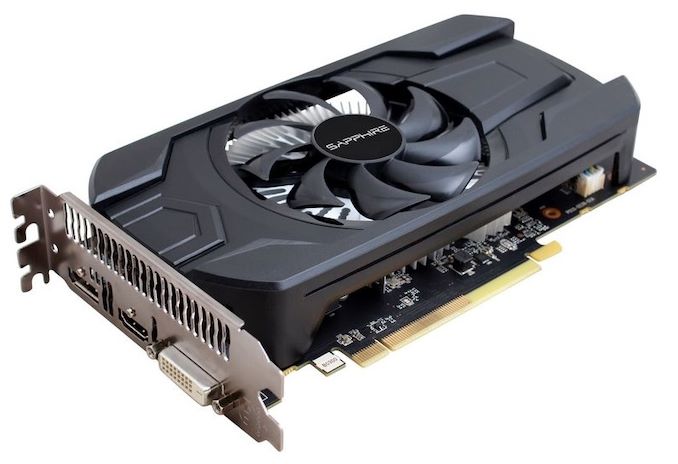
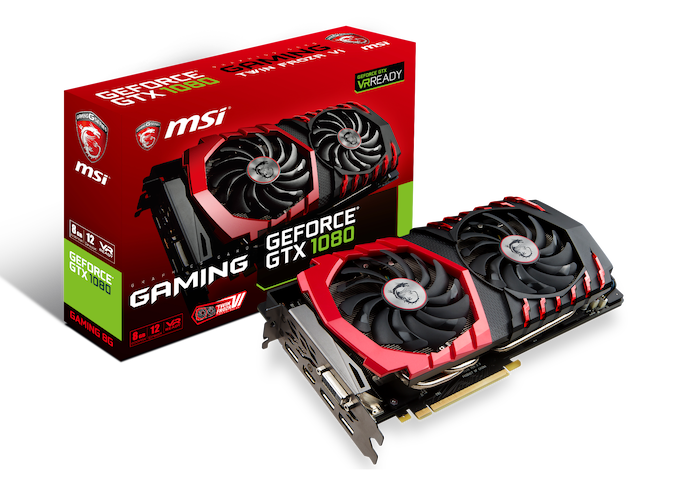
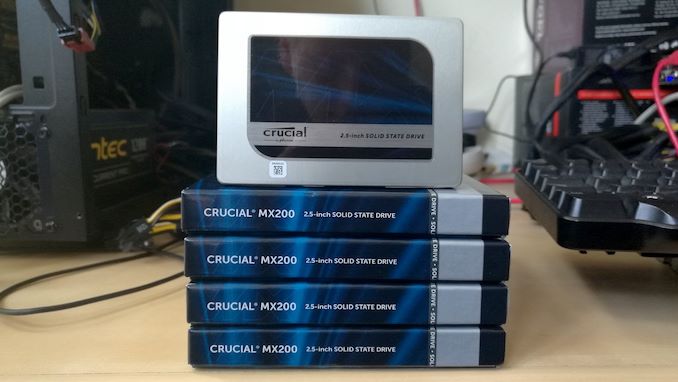
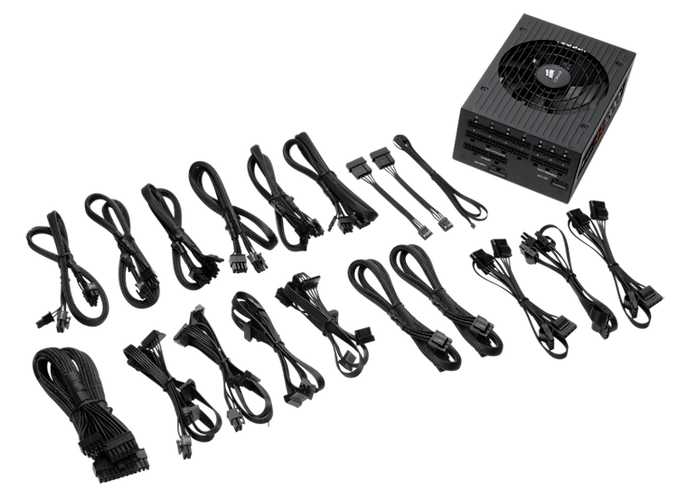
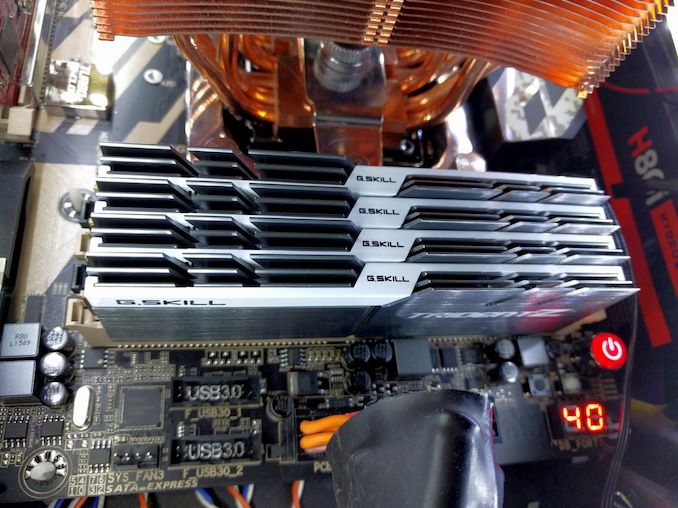
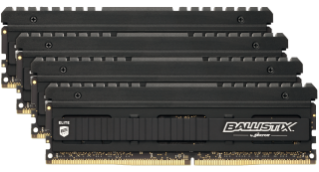
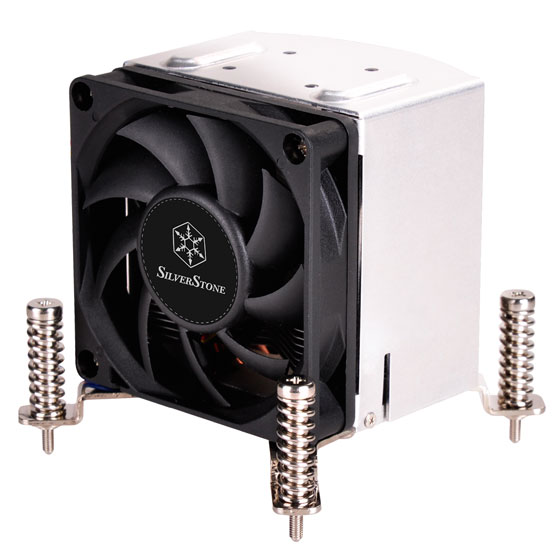
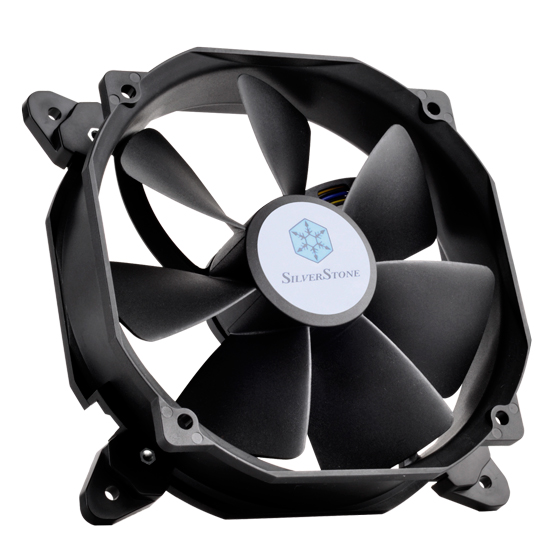








220 Comments
View All Comments
arashi - Sunday, May 24, 2020 - link
Replacing Stewart with xx does not a clone account make.Try again.
Spunjji - Tuesday, May 26, 2020 - link
Good catch XDSpunjji - Tuesday, May 26, 2020 - link
You're talking past yourself.Sure, it's impressive what Intel's disaster management engineers managed to pull out the wreckage of their failure at 10nm. Their failure at 10nm was an engineering failure too, though, and they still haven't managed to backport their 10nm-planned architecture to 14nm.
In other words, those engineering failures are the only reason they had to build this crazy nonsense - of which you express such admiration - in the first place.
extide - Wednesday, May 20, 2020 - link
This is not HEDTSpunjji - Tuesday, May 26, 2020 - link
He's still reading from the 2016 Intel playbook :DIcehawk - Saturday, May 23, 2020 - link
I care because I like silent machines and use fanless PSUs. I can’t afford to blow 250-300W of the power budget on the CPU when I am limited to 450W, the small difference in real world gaming isn’t worth popping for a higher power PSU that brings with it fan noise. I should be able to run my 3900X with a nV 3070 with what I have, I don’t think I could with this i9.If power budget isn’t a concern then it’s down to brand preference, usage mix, etc to me. I have an intel 8700 as well, at the time I felt that was the best CPU choice, when I needed another new machine a few months ago the 3900 was - I still feel it would be today for me.
YMMV
Spunjji - Tuesday, May 26, 2020 - link
Cool, another person who thinks their personal views on a topic outweigh all others and is psychologically projecting that onto the reviewer. This is how 90% of disinformation works now...prophet001 - Wednesday, May 20, 2020 - link
I'm curious as to why this only has 16 pcie lanes into the CPU. How much does running your high performance SSD through the PCH or running your GPU in x8 mode affect performance?GreenReaper - Wednesday, May 20, 2020 - link
Conveniently, there is an article (almost) about that: https://www.anandtech.com/show/15720/intel-ghost-c...azfacea - Wednesday, May 20, 2020 - link
with intel DIY PC marketshare being well below 50% and 10th gen itself having to compete with 9th, 8th, 7th, with supply shortage and everything I doubt these new LGA1200 motherboards can reach 10% of DIY PC which means the" ... 44+ entrants ranging from $150 all the way up to $1200 ..."
are all massive cash burning operations that would never make sense in a million years w/- intel "development funding". they are literally squandering billions of dollars that they took from ripping of the customers. intel is so stupid, gouging its customers like this and then squandering the money for what ?? LGA 1200 has the option to have pcie 4 by the time its irrelevant ? my god WTF is going on there.